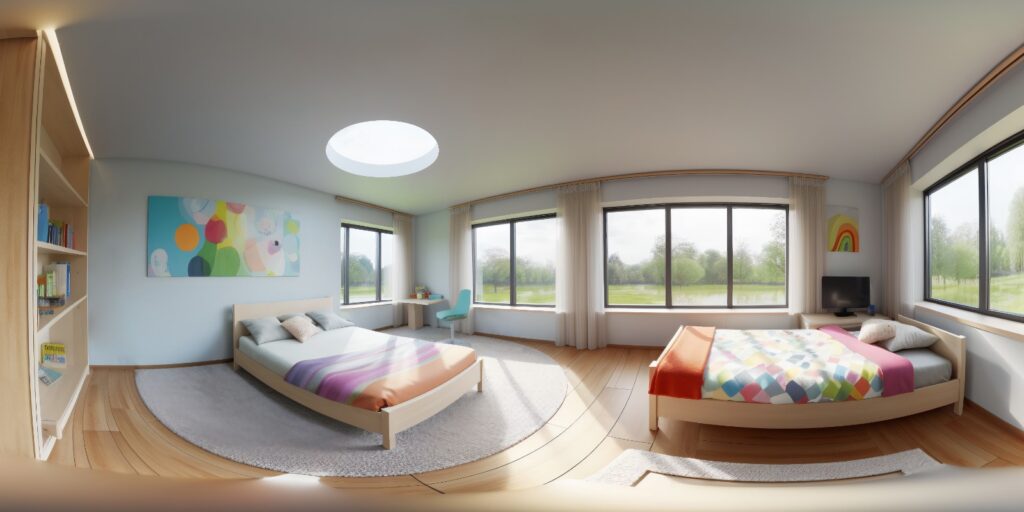How the Gig Economy Influences Commercial Furniture Demand

Introduction
The landscape of work is undergoing a profound transformation with the rise of the gig economy, a phenomenon where temporary and flexible work arrangements are on the ascent. This shift has not only redefined how people work but has also had a significant impact on the demand for commercial furniture. In this article, we explore the intricate relationship between the gig economy and the demand for commercial furniture, uncovering how this dynamic interplay is reshaping the way we perceive and design workspaces.
Looking for: Branded Commercial furniture near me.
Impact on Workspace Dynamics
The gig economy is synonymous with flexibility, allowing individuals to take on projects based on their skills and availability. This has given rise to a new breed of professionals who value independence and autonomy. As workspace dynamics evolve, the demand for workspaces that accommodate freelancers, digital nomads, and part-time workers has surged. Co-working spaces and shared offices have become hubs for such professionals, creating a ripple effect on furniture demand.
Evolving Office Furniture Needs
With a diverse array of professionals utilizing workspaces, the demand for versatile and adaptable furniture has intensified. Best Commercial furniture now needs to cater to a range of preferences and work styles. Freelancers, for instance, require furniture that seamlessly transitions from focused work to collaborative sessions. Moreover, ergonomics have taken center stage as freelancers spend extended hours at their workstations.
Collaborative Workspaces
Collaboration and networking are at the heart of the gig economy. To meet this demand, commercial furniture is evolving to include pieces that foster teamwork and interaction. From modular seating arrangements that encourage brainstorming sessions to communal work tables designed for impromptu discussions, the furniture landscape is witnessing a transformation to accommodate the collaborative nature of the gig economy.
Remote Work Revolution
The gig economy has been further fueled by the remote work revolution, allowing professionals to work from the comfort of their homes. This seismic shift has redefined the concept of a traditional office setup. As a result, there’s a burgeoning demand for furniture tailored to home offices. Comfortable and ergonomic chairs, space-saving desks, and effective storage solutions are in high demand as people seek to create productive home workspaces.
Demand for Mobility
One of the hallmarks of the gig economy is mobility. Gig workers are constantly on the move, shifting between different workspaces and locations. This demand for mobility has influenced the design of Cheap Commercial furniture. Portable and collapsible furniture that can be easily transported has gained traction. This not only caters to the nomadic work style but also offers a sense of familiarity and comfort across diverse environments.
Sustainability and Flexibility
Gig workers often align with values such as sustainability and flexibility. This extends to the type of furniture they prefer in their workspaces. Eco-friendly and sustainable furniture solutions are gaining popularity among gig workers who prioritize environmental consciousness. Additionally, flexible furniture that can adapt to changing needs aligns with the fluid nature of gig work.
Tech Integration in Furniture
In a tech-driven era, furniture is not exempt from innovation. As digital nomads and freelancers heavily rely on technology, the integration of smart furniture has emerged. Standing desks with built-in charging stations, adjustable lighting, and tech-savvy furniture that seamlessly integrates devices have become a staple in workspaces frequented by gig workers.
Rise of Co-Working Spaces
Co-working spaces have become the hub of the gig economy. These spaces provide freelancers and remote workers with a platform to collaborate, network, and work alongside like-minded individuals. As co-working spaces continue to proliferate, the demand for suitable furniture that balances aesthetics with functionality is on the rise. Furniture that enhances the co-working experience and encourages productivity is essential.
Adapting Commercial Furniture Design
The demand for commercial furniture is not only reshaping its functionality but also driving trends in design. Furniture designers are adapting to the changing needs of the gig economy by creating pieces that align with modern workstyles. This includes furniture that promotes comfort, fosters interaction, and adapts seamlessly to different work scenarios.
Economic Impacts on Furniture Industry
The surge in gig economy workers has translated into a growing market for versatile and adaptable furniture. This demand has spurred innovation and competition within the furniture industry. Manufacturers are under pressure to create solutions that cater to the diverse needs of gig workers, driving forward design thinking and pushing the boundaries of furniture design.

Challenges and Considerations
As the demand for commercial furniture evolves, designers and manufacturers face a series of challenges. Balancing comfort and cost-effectiveness, predicting changing preferences, and ensuring that furniture remains functional across various work scenarios are some of the considerations that need to be addressed.
The Role of Commercial Furniture Brands
Commercial furniture brands play a pivotal role in shaping the gig economy workspace. Customization and personalization are becoming integral to meet the diverse preferences of gig workers. From ergonomic seating options to adjustable workstations, these brands are innovating to ensure that furniture enhances the productivity and well-being of gig professionals.
Designing for Connection and Community
In the gig economy, the need for connection and community is paramount. Furniture plays a role in facilitating interactions and fostering a sense of belonging among professionals who often work in isolation. Designs that encourage networking, collaboration, and engagement are central to the evolving furniture landscape.
Conclusion
The symbiotic relationship between the gig economy and commercial furniture demand is evident in the changing landscape of workspaces. As the gig economy continues to flourish, furniture designers and manufacturers must navigate the complex intersection of comfort, flexibility, technology, and sustainability. By embracing this challenge, they are shaping the future of work, one innovative piece of furniture at a time.
Searching for: Branded Commercial furniture in Pakistan.
FAQs
1. How does the gig economy impact office space design?
The gig economy has led to a shift towards flexible work arrangements, influencing the design of co-working spaces and shared offices.
2. What types of furniture are in demand for home offices in the gig economy?
Ergonomic chairs, space-saving desks, and effective storage solutions are popular choices for home offices in the gig economy.
3. How is technology integrated into commercial furniture for gig workers?
Smart furniture with built-in charging stations, adjustable lighting, and tech-savvy features cater to the tech needs of gig workers.
4. What challenges do furniture designers face in catering to the gig economy’s demands?
Designers must balance comfort, cost-effectiveness, and adaptability while addressing changing preferences and work scenarios.
5. How can commercial furniture enhance the sense of community in co-working spaces?
Furniture designs that encourage networking, collaboration, and engagement foster a sense of connection and community among gig workers in co-working spaces.

